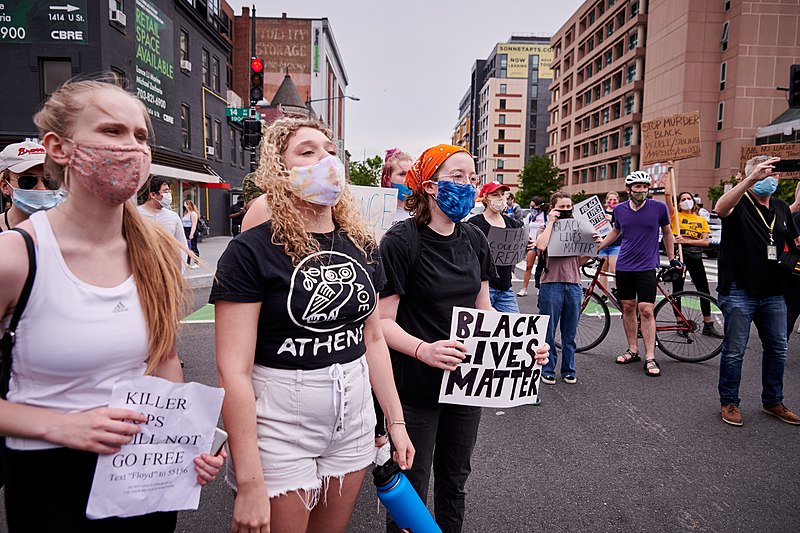An official post-mortem examination has declared the death of George Floyd, which triggered widespread protests across the US, as a homicide.
George Floyd, 46, suffered a cardiac arrest while being restrained by Minneapolis police, the report found.
It listed George Floyd’s cause of death as “cardiopulmonary arrest complicating law enforcement subdual, restraint, and neck compression”.
Meanwhile, President Donald Trump vowed to use the military to end the unrest.
A video showing a white police officer continuing to kneel on George Floyd’s neck even after he pleaded he could not breathe has reignited deep-seated anger over police killings of black Americans.
The footage has led to six consecutive days of protests around the United States and a level of civil unrest not seen in decades.
Officer Derek Chauvin has been charged with third-degree murder and manslaughter and will appear in court next week. Three other police officers have been fired.
The official post-mortem examination of George Floyd by the Hennepin County Medical Examiner’s office also recorded evidence of heart disease and recent drug use. It said he suffered the cardiac arrest “while being restrained by a law enforcement officer” on May 25.

George Floyd Death: President Trump Threatens to Deploy Army to End Civil Unrest
George Floyd Death: US Cities Placed under Curfew Following Violent Protests
Black Lives Matter: Minneapolis Protesters Clash with Police over George Floyd’s Death
The findings were released shortly after those of a private examination that was carried out by medical examiners hired by the Floyd family.
This report said George Floyd died from asphyxia (lack of oxygen) due to a compression on his neck and also on his back.
The private examination also found the death was a homicide, a statement from the family’s legal team said.
“The cause of death in my opinion is asphyxia, due to compression to the neck – which can interfere with oxygen going to the brain – and compression to the back, which interferes with breathing,” Dr. Michael Baden, a former New York City medical examiner, said at a news conference on June 1.
Benjamin Crump, a lawyer for the Floyd family, said: “Beyond doubt he would be alive today if not for the pressure applied to his neck by Officer Derek Chauvin and the strain on his body by two other officers.”
He added: “The ambulance was his hearse.”
More than 75 cities have seen protests over what happened to George Floyd. Streets that only days ago were deserted because of the coronavirus pandemic have filled with demonstrators marching shoulder to shoulder.
The Floyd case follows the high-profile cases of Michael Brown in Ferguson, Eric Garner in New York and others that have driven the Black Lives Matter movement.
